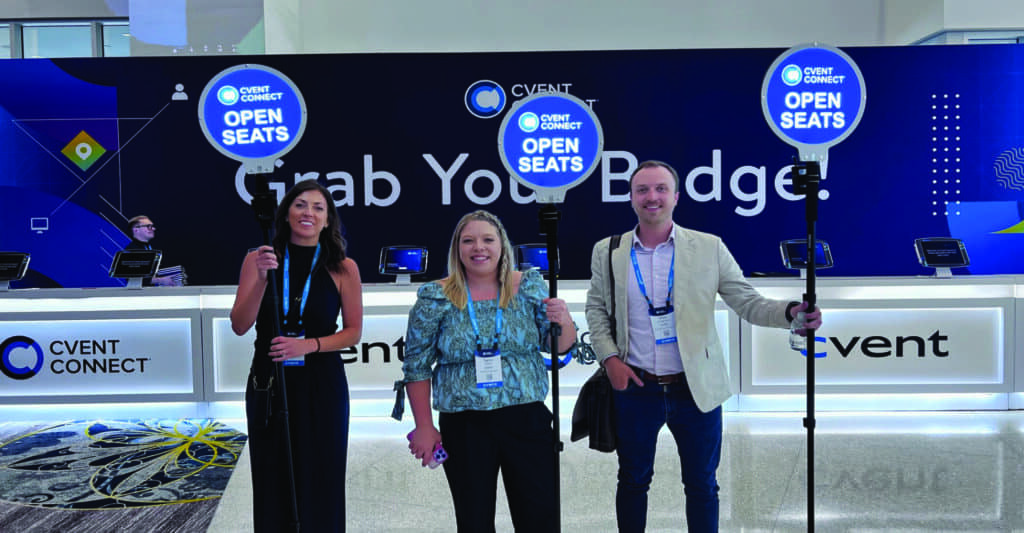
Navigating a crowded venue can often feel like a maze, but it doesn’t have to be that way. Open-seat signage is not just a trend; it’s a revolutionary tool that’s redefining the landscape of public spaces and events.
This guide sheds light on the manifold advantages of integrating open-seat signage into your venue management and event planning strategies. From boosting operational efficiency to enhancing user experience and promoting inclusivity, open-seat signage offers a comprehensive solution to make your venue truly stand out.
Dive in to discover the diverse types, essential features, and strategic placement tips that will elevate your vepnue to new heights of efficiency and accessibility.
Benefits of Open Seat Signage
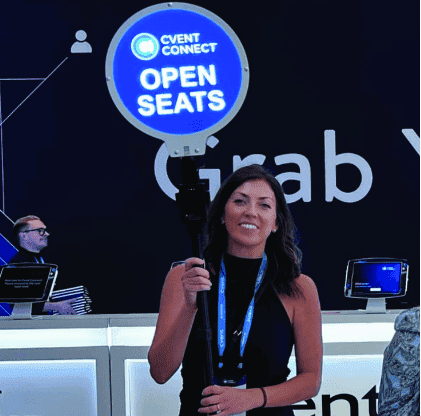
✔ Streamlined Space Management
Open-seat signage is a powerful tool for achieving full seating capacity, thereby optimising space and potentially boosting revenue.
These signs also contribute to smoother operations by reducing the need for staff to guide attendees to available seats.
✔ Enhanced User Experience
The signs facilitate rapid seating, allowing events to start on time and attendees to focus on the experience rather than logistics.
The clear guidance provided by open-seat signage minimises stress and enhances attendee satisfaction.
✔ Inclusivity and Accessibility
Open seat signs are essential for ensuring that individuals with disabilities, the elderly, and others with special needs can easily locate and access seating.
Using universally recognised symbols ensures that these signs are accessible to people from diverse linguistic and cultural backgrounds.
Types of Open Seat Signage
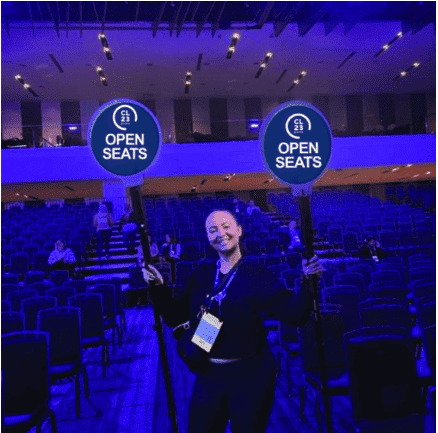
✔ Traditional Static Signs
These signs are easy to understand, often featuring universally recognised symbols. Being non-electronic, they are generally less expensive and require minimal upkeep.
✔ Digital Dynamic Signs
These signs can be updated in real time, providing the most current information on seat availability.
They offer the flexibility to display additional information, such as time until the next event or service.
✔ Mobile App-Based Signs
Attendees can interact via a mobile app, where they can check seat availability and even reserve seats.
Using app-based signs can provide valuable insights into attendee behaviour, seating patterns, and even peak times for seat occupancy.
Purposes of Open Seat Signage or Event Signage
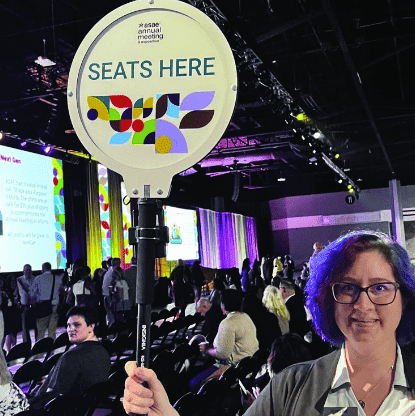
✔ Efficient Crowd Management
These signs are invaluable for directing large crowds, particularly in sizable venues like stadiums or concert halls.
✔ Priority Seating
Some signs specifically reserve seats for individuals with special needs, ensuring that the venue is inclusive and accessible to all.
✔ Safety Protocols
In emergencies, open seat signage can guide people towards safe exits, fulfilling safety regulations and potentially saving lives.
Key Features of Effective Open Seat Signage
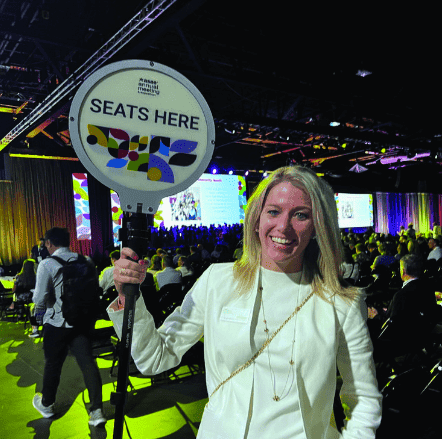
✔ High Visibility
The signs should be easily visible from a distance, even in low-light conditions.
✔ Clear Symbols and Text
Using universally recognised symbols and clear, legible text is crucial for the signs’ effectiveness.
✔ Durability
The materials should be robust enough to withstand various environmental conditions, including rain, wind, and intense sunlight.
✔ Up-to-Date Information
The ability to provide real-time updates is a highly valuable feature for digital signs.
Placement Strategies for Open Seat Signage
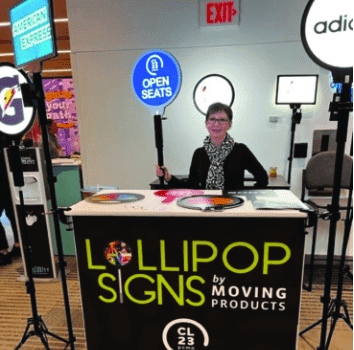
✔ Entrance Areas
Placing signs at the entrance gives attendees an immediate understanding of the seating layout.
✔ High-Traffic Zones
Areas that receive the most footfall should have multiple signs to ensure better visibility.
✔ Special Sections
If the venue has areas reserved for VIPs or individuals with disabilities, signs should be prominently displayed nearby.
Revolutionise Your Venue with Open Seat Signage Solutions
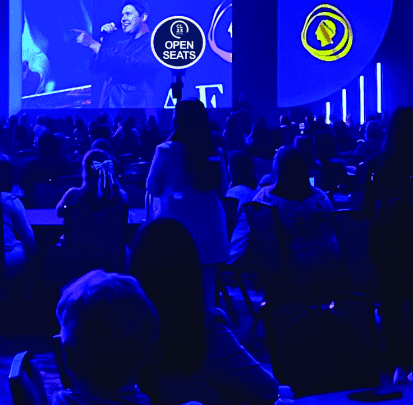
Don’t let your venue fall behind the times! Embrace the future with our state-of-the-art open-seat signage solutions.
Open seat signage is more than just a functional necessity; it’s a game-changing asset that can transform your venue’s atmosphere and operational efficiency.
Investing in our cutting-edge, strategically positioned open-seat signage helps guide your attendees and amplifies your brand’s presence and influence.
As you strategize for your upcoming event, make open-seat signage an integral part of your blueprint. It’s not merely a way to indicate seat availability; it’s a potent tool that could be pivotal in making your event a resounding success.
Frequently Asked Questions
How do digital and traditional open-seat signs differ?
Digital signs offer real-time updates and can be customised more easily, while traditional signs are more straightforward but less flexible.
Can open-seat signage be customised for specific events?
Absolutely, both digital and traditional signs can be customised to suit the specific needs of any event.
What are the best materials for outdoor open-seat signage?
Aluminium and acrylic are commonly used for their durability and resistance to various weather conditions.
How can these signs be used effectively for branding?
Open seat signage offers multiple avenues for effective branding that go beyond merely indicating seat availability. Here are some ways you can leverage them for brand impact:
Consistent Branding:
Customise the signage to include your brand colours, logo, and other design elements to create a cohesive brand experience.
Strategic Placement:
Position the signs in high-traffic areas to maximise visibility and make a lasting impression on attendees.
Interactive Features:
Integrate QR codes or NFC tags that lead to your website or promotional material, offering an interactive experience for attendees.
Real-Time Messaging:
Utilise the signage’s real-time update capabilities to display brand messages or promotions when seats are available or filled.
Social Media Integration:
Encourage attendees to share their experiences on social media by displaying hashtags or social media handles on the signage.
Data Collection:
Use the signs to gather data on attendee behaviour, which can be analysed for targeted marketing campaigns in the future

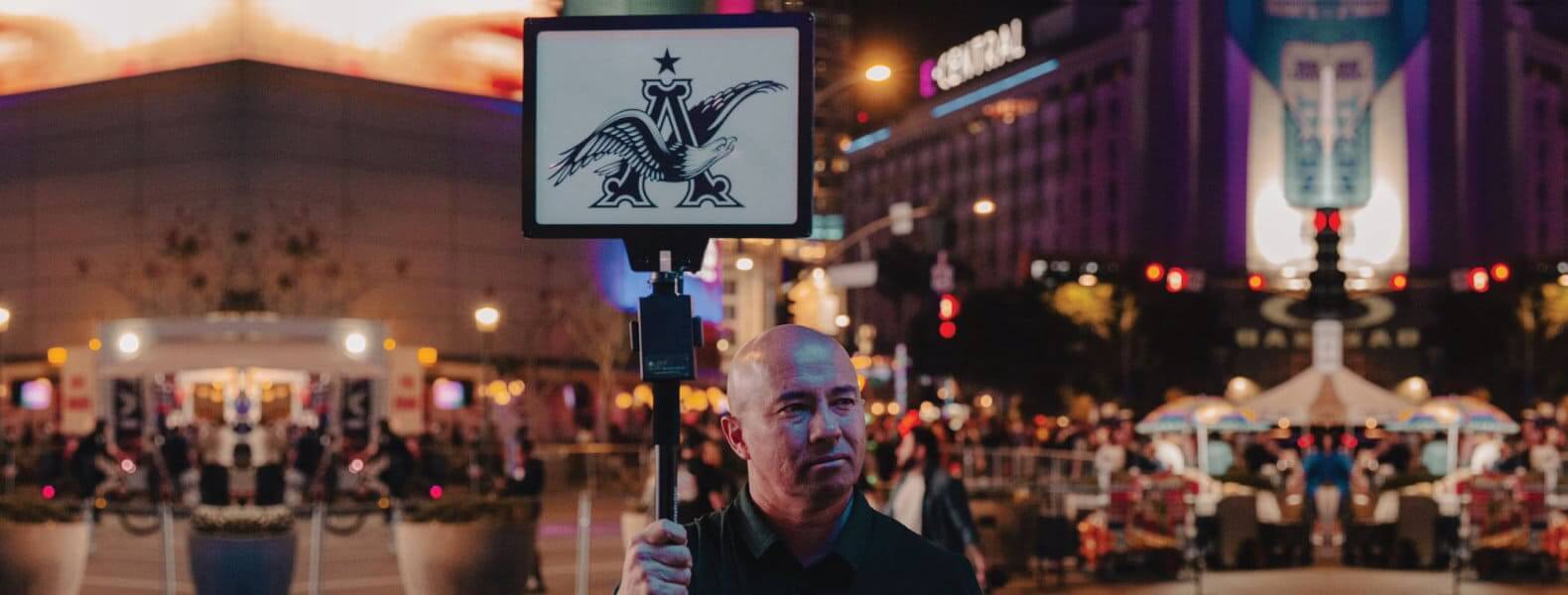
Leave a Reply